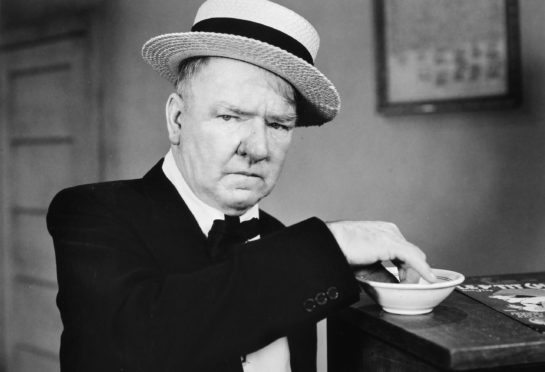Whether we like it or not, whisky and other alcoholic drinks have had a huge influence on human habits and mores, art and literature, laws and taxation and, last but not least, our sense of humour.
Just one example: there must be hundreds if not thousands of jokes with the opening line, “A man went into a pub” —or a bar, tavern, inn, speakeasy, café, bistro, taverna or saloon, according to where the story is set.
Every language under the sun has countless terms for a drink, ranging from the upmarket and polite to the downmarket and slang. There are even more terms for being drunk, ranging alphabetically in English from addled to zonked, with innumerable variants, some quite unprintable, in between and a vast vocabulary covering the dire consequences, from a sudden gallop to the gents to the morning after the night before.
In Spain you might be “borracho como una cuba” (drunk as a barrel), in Germany “besoffen wie ein Schwein” (drunk as a pig) and in France “completement rond” (totally round). Hangovers are also saddled with interesting names, in German “ein Kater” (which also means tomcat) and in French “gueule de bois” (wooden face).
Drink and humour often combine to produce some classic lines in literature and films. In a short story by P.G. Wodehouse, Bertie Wooster, upset by some early-morning bad news, lamented that, “I couldn’t face breakfast—I told Jeeves to drink it himself.”
In a classic Raymond Chandler thriller, one barfly “had a nose that must have hung over many a quick one in its time”. Hollywood’s 1930s bottle-loving W.C. Fields once complained, “Which weasel pulled the cork out of my lunch?” And one stand-up comedienne admitted she “never knew her husband drank until one night he came home sober.”
The late great Irish comic Dave Allen carved almost an entire career out of jokes and sketches with drink, mainly whisky, as its central theme, indeed openly sipping a glass of the cratur while on-screen, something totally unthinkable in these politically correct and starchy times.
He even poked fun at himself and his drinking habits, commenting, “In Britain we drink two billion pounds’ worth of whisky a year—so someone else is at it besides me.”










